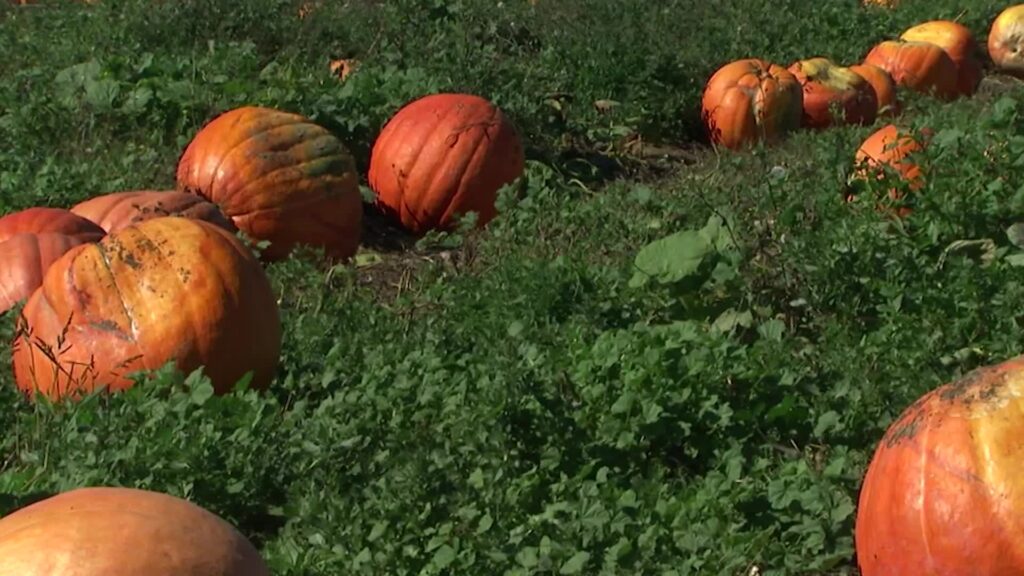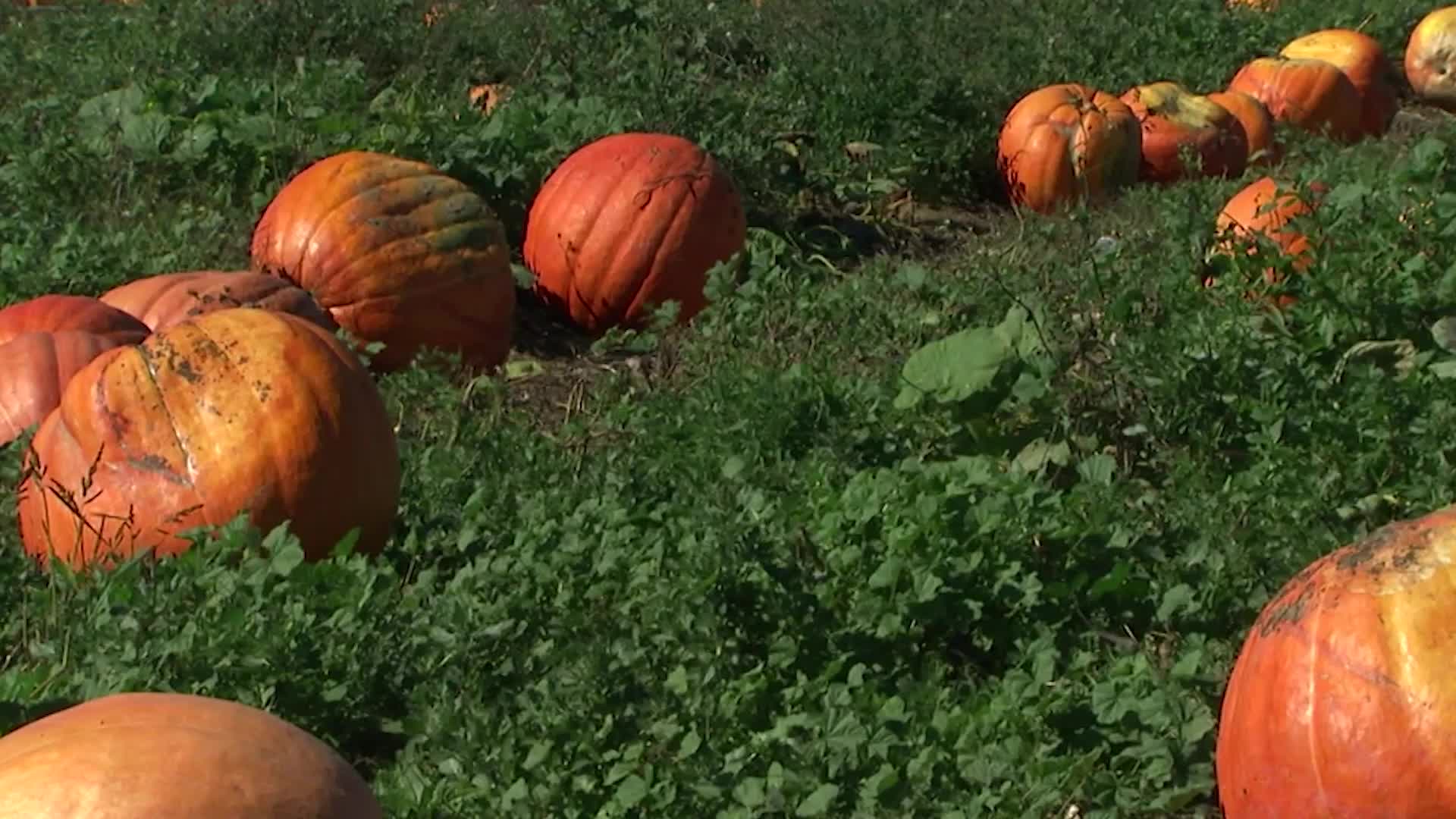
How to Prevent Pumpkins from Rotting: A Comprehensive Guide
Pumpkins are a quintessential symbol of autumn, adorning doorsteps and tables across the nation. However, their festive appeal can quickly diminish as they succumb to rot. Understanding how to prevent pumpkins from rotting is crucial for extending their lifespan and enjoying their beauty throughout the fall season. This comprehensive guide provides practical tips and techniques to keep your pumpkins looking their best for as long as possible.
Understanding Why Pumpkins Rot
Before diving into prevention, it’s essential to understand the factors contributing to pumpkin decay. Rotting is primarily caused by fungal and bacterial infections, often exacerbated by moisture and improper handling. Bruises, scratches, and stem damage create entry points for these pathogens. Temperature fluctuations and humidity also play a significant role.
Common Culprits Behind Pumpkin Rot
- Fungal Infections: Powdery mildew, downy mildew, and various molds are common fungal culprits.
- Bacterial Soft Rot: This causes a mushy, foul-smelling decay.
- Physical Damage: Cuts, bruises, and punctures weaken the pumpkin’s defenses.
- Pests: Insects and rodents can damage the skin, allowing pathogens to enter.
Preventative Measures Before Carving
Taking preventative measures from the moment you select your pumpkin can significantly extend its lifespan. These steps focus on choosing healthy pumpkins and creating an environment that discourages rot.
Selecting the Right Pumpkin
Choosing a healthy pumpkin is the first and most crucial step in how to prevent pumpkins from rotting. Look for pumpkins with the following characteristics:
- Firmness: The pumpkin should be firm to the touch, without any soft spots or bruises.
- Intact Stem: A healthy, intact stem is essential. Avoid pumpkins with missing or damaged stems, as this creates an entry point for bacteria and fungi.
- Smooth Skin: Check for any cuts, scratches, or blemishes on the skin.
- Color: Choose a pumpkin with a uniform color, indicative of even ripening.
Cleaning and Disinfecting
Once you’ve selected your pumpkin, cleaning and disinfecting its surface can help eliminate any existing spores or bacteria. Use a diluted bleach solution (1 tablespoon of bleach per gallon of water) to wipe down the entire surface of the pumpkin. Allow it to air dry completely before placing it on display. This simple step can significantly reduce the risk of rot.
Proper Storage
Storage conditions play a vital role in how to prevent pumpkins from rotting. Keep your pumpkins in a cool, dry place away from direct sunlight. Avoid storing them on damp surfaces or in areas with poor ventilation. Ideal storage temperatures range from 50 to 60 degrees Fahrenheit (10 to 15 degrees Celsius). A well-ventilated porch or garage can provide suitable storage conditions.
Preventative Measures After Carving
Carving pumpkins introduces new vulnerabilities, making them more susceptible to rot. These steps focus on protecting the exposed flesh and preventing the growth of mold and bacteria.
Cleaning and Disinfecting After Carving
After carving, thoroughly clean the inside and outside of the pumpkin with the same diluted bleach solution used earlier. Pay particular attention to the carved areas, as these are the most vulnerable to infection. Allow the pumpkin to air dry completely before proceeding.
Applying a Preservative
Several preservatives can help extend the life of a carved pumpkin. These products create a barrier that protects the pumpkin from moisture and microbial growth.
- Petroleum Jelly: Applying a thin layer of petroleum jelly to the carved edges can help seal them and prevent moisture loss.
- Acrylic Spray: A clear acrylic spray can create a protective coating on the surface of the pumpkin.
- Commercial Pumpkin Preservatives: Several commercial products are specifically designed to preserve carved pumpkins. Follow the manufacturer’s instructions for application.
Maintaining Hydration
Dehydration can accelerate the rotting process. To keep your carved pumpkin hydrated, consider the following methods:
- Soaking: Submerge the pumpkin in a tub of cold water overnight every few days. This helps replenish moisture and prevent the flesh from drying out.
- Spraying: Regularly spray the inside and outside of the pumpkin with water.
Controlling the Environment
Maintaining a cool, dry environment is crucial for how to prevent pumpkins from rotting. Avoid placing your carved pumpkin in direct sunlight or near heat sources. Consider using a fan to improve air circulation and reduce humidity. At night, bring the pumpkin indoors or cover it to protect it from dew and frost.
Addressing Existing Rot
Even with the best preventative measures, rot can still occur. If you notice signs of decay, such as soft spots or mold growth, take immediate action to slow its progression.
Removing Affected Areas
Carefully remove any affected areas with a clean knife or scraper. Be sure to disinfect the tool after each use to prevent spreading the infection.
Applying Fungicide
Apply a fungicide to the affected areas to kill any remaining fungal spores. Follow the manufacturer’s instructions for application and safety precautions.
Monitoring and Maintenance
Regularly inspect your pumpkin for any new signs of rot. Reapply preservatives and fungicides as needed. By diligently monitoring and maintaining your pumpkin, you can extend its lifespan and enjoy its beauty for a longer period.
Natural Alternatives for Pumpkin Preservation
For those seeking more natural methods, several alternatives can help in how to prevent pumpkins from rotting without harsh chemicals.
Vinegar Solution
Vinegar is a natural disinfectant that can inhibit the growth of mold and bacteria. Mix equal parts vinegar and water and spray the solution on the pumpkin’s surface. This can be done both before and after carving.
Cinnamon
Cinnamon has antifungal properties that can help prevent rot. Sprinkle cinnamon on the inside and outside of the pumpkin, especially on carved areas.
Essential Oils
Certain essential oils, such as clove, tea tree, and peppermint, have antifungal and antibacterial properties. Dilute a few drops of essential oil in water and spray the solution on the pumpkin.
The Role of Pumpkin Varieties
Some pumpkin varieties naturally last longer than others. Consider the following when selecting pumpkins for longevity:
- Heirloom Varieties: Some heirloom varieties are known for their thicker skin and resistance to rot.
- Smaller Pumpkins: Smaller pumpkins tend to last longer than larger ones due to their lower moisture content.
Common Mistakes to Avoid
Avoiding common mistakes is crucial in how to prevent pumpkins from rotting. These include:
- Using Dull Knives: Dull knives can cause bruising, creating entry points for bacteria.
- Over-Carving: Intricate carvings expose more surface area to the elements, increasing the risk of rot.
- Neglecting the Stem: A damaged or missing stem significantly reduces the pumpkin’s lifespan.
Extending the Life of Your Pumpkin: A Summary
In summary, how to prevent pumpkins from rotting involves a multi-faceted approach encompassing selection, cleaning, preservation, and maintenance. By following these guidelines, you can significantly extend the lifespan of your pumpkins and enjoy their festive charm throughout the fall season. Remember, proactive measures and consistent care are key to preventing decay and keeping your pumpkins looking their best. [See also: Pumpkin Carving Safety Tips] [See also: Best Pumpkin Varieties for Carving]
From selecting the perfect pumpkin to applying the right preservatives, each step contributes to a longer-lasting, more vibrant display. So, this autumn, arm yourself with these tips and enjoy the beauty of your pumpkins for weeks to come. Don’t let rot ruin your festive spirit; take control and preserve your pumpkins like a pro!
By understanding the causes of pumpkin rot and implementing these preventative measures, you can ensure that your pumpkins remain a delightful part of your fall decorations. Remember to choose wisely, clean thoroughly, preserve diligently, and monitor regularly. With a little effort, you can enjoy the beauty of your pumpkins for an extended period, adding a touch of autumnal charm to your home and garden. The key to how to prevent pumpkins from rotting is consistent care and attention, ensuring a longer, more vibrant display for all to enjoy.

